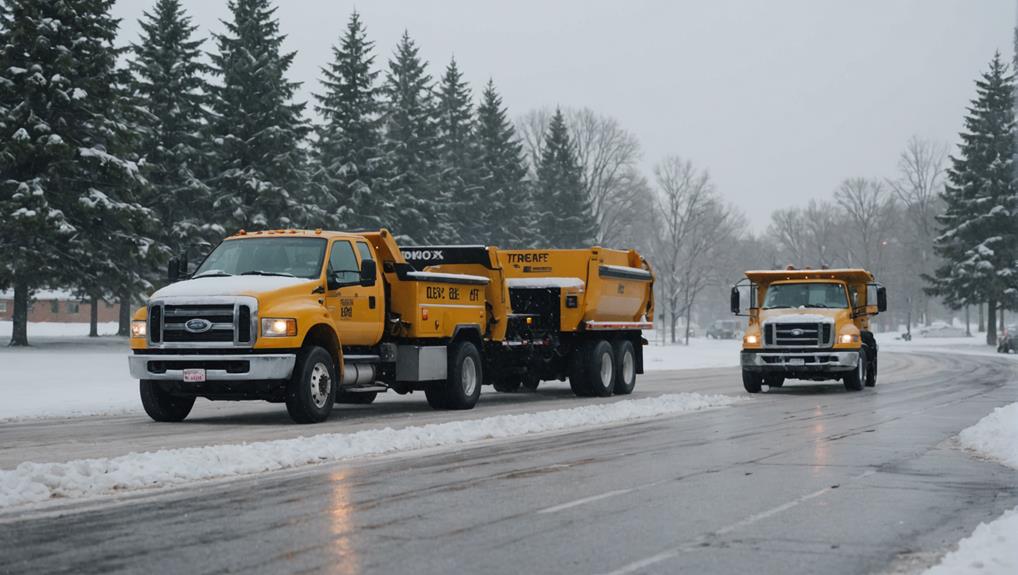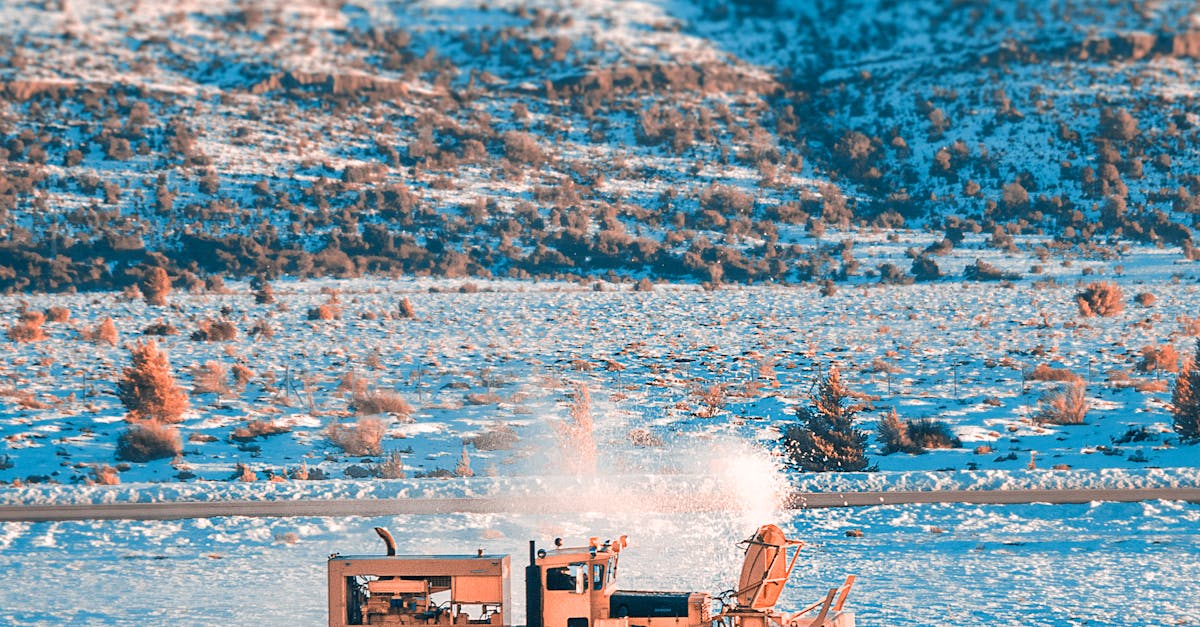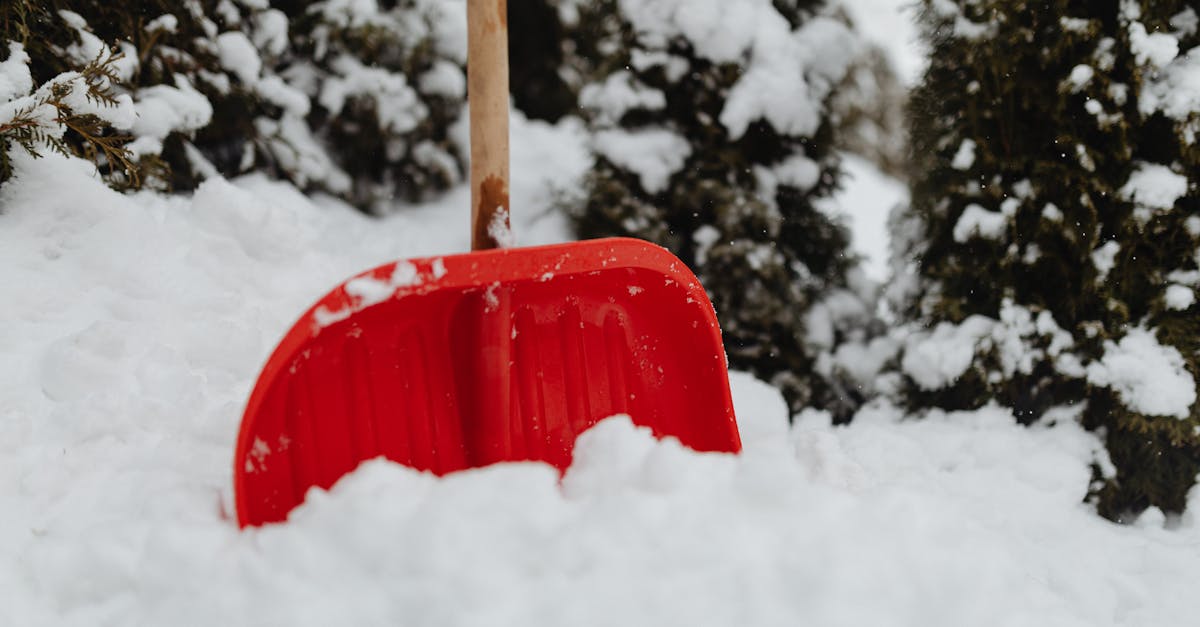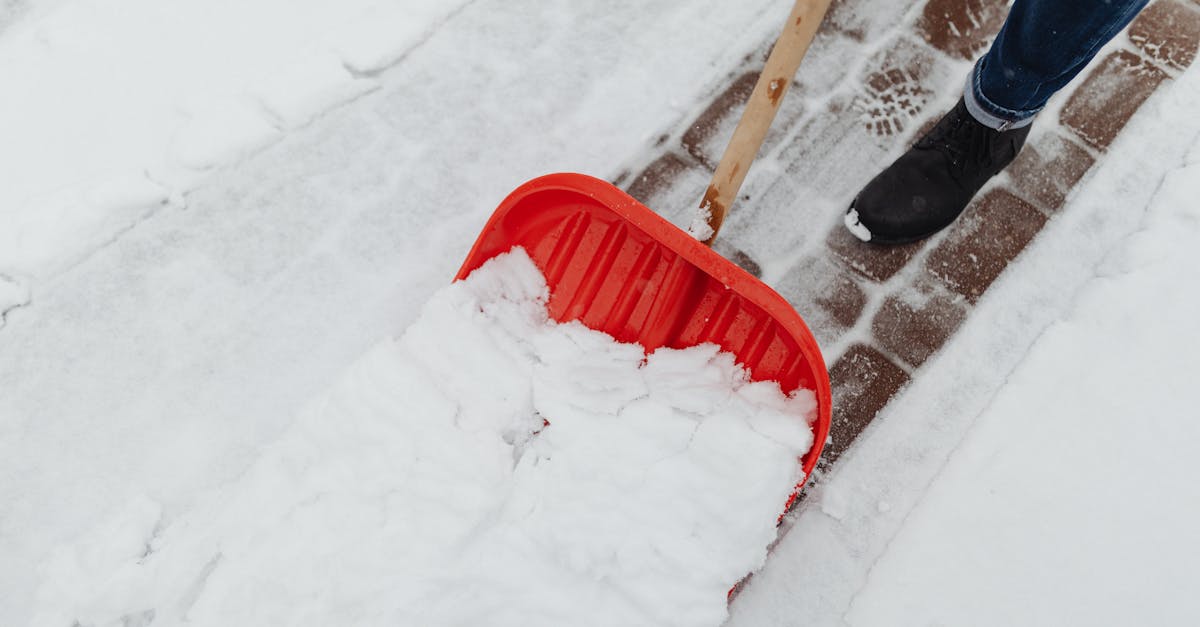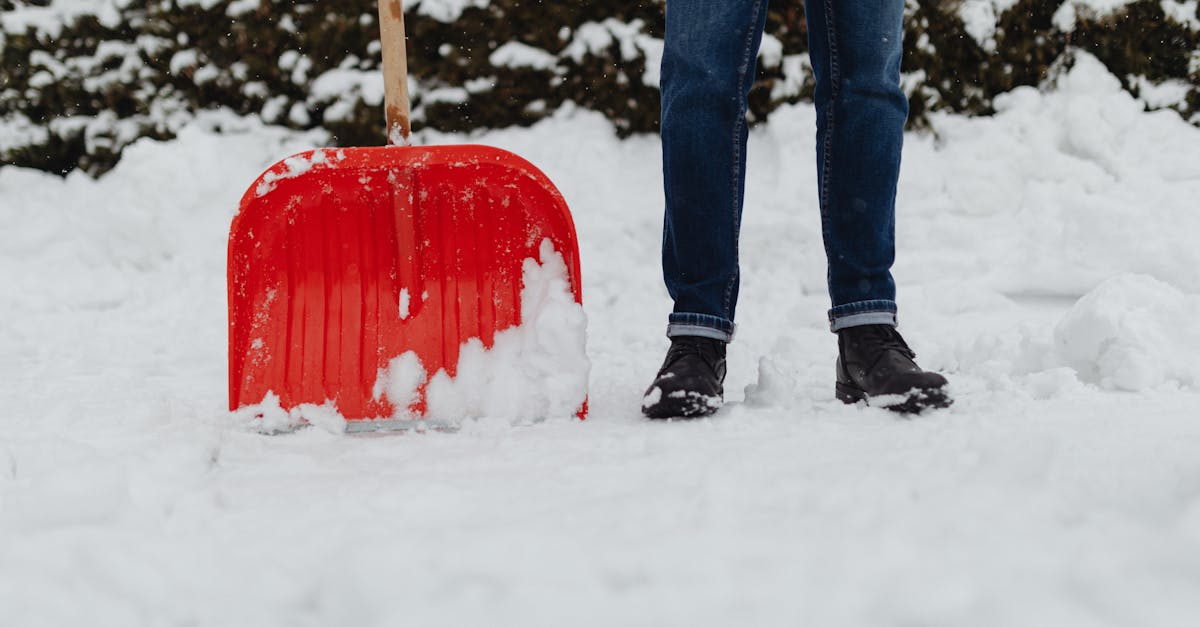
Table Of Contents
When to Opt for Snow Removal
In situations where heavy snowfall accumulates and poses hazards, snow removal becomes essential. This method effectively clears pathways and driveways, ensuring safer conditions for pedestrians and vehicles. Snow hauling is often integrated into this process, transporting the snow off-site to prevent further buildup in residential or high-traffic areas. Such proactive measures help maintain accessibility and minimize disruptions caused by winter weather.
Certain environments, especially urban areas, can greatly benefit from snow removal services. When streets and sidewalks are clogged with snow, mobility is compromised, increasing the risk of accidents. Utilizing snow hauling helps manage these large quantities of snow efficiently. This strategy not only supports safer navigation through cities but also keeps essential services operational during and after snow events.
Ideal Situations and Environments
Certain situations make snow removal the ideal choice over snow plowing. In areas where heavy snowfall accumulates and requires clearing for safety and accessibility, snow removal operations can provide a more effective solution. For instance, businesses or residential complexes with limited parking space may find that simply pushing snow to the side is insufficient. Instead, snow hauling allows for the complete removal of snow from the premises, freeing up critical areas for use.
Moreover, environments that experience persistent snowfall might also benefit from snow hauling. In regions with ongoing winter storms or heavy snowfall, relying solely on plowing can quickly lead to excessive buildup. This can create hazards for pedestrians and vehicles, making snow removal a more proactive approach. By planning for snow hauling, property owners can ensure a safer environment for everyone while maintaining the aesthetic integrity of their landscape.
Environmental Impact of Snow Services
The environmental impact of snow services extends beyond immediate aesthetics and convenience. Snow plowing typically displaces snow from roadways, while snow removal involves transporting that snow to another location. This distinction becomes particularly significant in urban areas where snow accumulation can affect drainage systems and exacerbate flooding during spring thaw. Proper management strategies are crucial for ensuring that snow removal does not lead to adverse environmental conditions.
Snow hauling, while necessary for effective snow management, also raises concerns about ecological disturbance. Transportation of snow can disrupt local wildlife habitats and alter landscape features. The chemicals used for de-icing, often combined with the snow, pose additional risks during disposal. Understanding these impacts is vital for communities and service providers to better align their snow management practices with environmental sustainability goals.
Effects on Landscape and Ecology
The ecological impact of snow clearing services extends beyond immediate safety concerns. Snow plowing tends to compact the snow, which can lead to ice formation as temperatures fluctuate. This changes soil temperatures and can disrupt the natural processes within the ecosystem. Water runoff from melting snow can carry pollutants into nearby waterways, affecting the aquatic life and overall water quality.
In contrast, snow removal often entails snow hauling, which involves transporting the snow to designated areas. This process minimizes the risk of ice and allows for more controlled melting. However, indiscriminate snow hauling can also lead to environmental challenges. Piling snow in certain areas can smother vegetation and alter local habitats, impacting the flora and fauna that rely on those ecosystems. Understanding these effects is crucial for making informed decisions about winter maintenance strategies.
Safety Measures in Snow Clearing Operations
Ensuring safety during snow clearing operations requires careful planning and adherence to best practices. Operators must conduct thorough inspections of equipment before use to identify potential mechanical issues. Proper training is essential, as skilled operators can detect hazards early and respond appropriately. In addition, establishing clear communication protocols among team members enhances coordination, particularly in high-traffic areas where snow hauling may occur.
Personal protective equipment (PPE) is crucial for the safety of all personnel involved in snow operations. High-visibility clothing helps increase awareness among workers and passing motorists. Adequate safety gear, including gloves, helmets, and insulated footwear, minimizes the risk of injury in icy conditions. Regular breaks should be scheduled to prevent fatigue, ensuring that operators remain alert, especially during prolonged snow hauling procedures.
Best Practices for Operators
Operators should prioritize proper training and experience when engaging in snow clearing operations. Familiarity with equipment and techniques can enhance efficiency and safety. Regular maintenance of snow plowing machinery helps prevent breakdowns during critical operations. Staying updated on local weather conditions is essential for effective planning and execution. This knowledge assists operators in determining the most appropriate methods, including the use of snow hauling when necessary.
Attention to safety standards is crucial in these operations. Implementing clear communication protocols among team members reduces the risk of accidents. Using reflective gear and ensuring proper vehicle markings enhances visibility during nighttime or low-light conditions. Operators should also assess road conditions before beginning to eliminate risks associated with icy or poorly maintained surfaces. These practices ultimately contribute to smoother snow clearing and safer environments for both the crew and the public.
FAQS
What is snow plowing?
Snow plowing is the process of moving snow from roads, driveways, and parking lots using a plow attached to a vehicle, typically to keep these areas accessible during winter weather.
What is snow removal?
Snow removal involves not only moving snow but also taking it away from the site, often through shoveling or using specialized equipment to transport it to another location.
When should I choose snow removal over snow plowing?
You should opt for snow removal when there is a significant accumulation of snow, and you need to clear areas completely, such as in residential driveways or commercial properties to ensure safe access.
What are the main environmental impacts of snow plowing and snow removal?
Both snow plowing and removal can affect the local environment by compacting snow, altering drainage patterns, and potentially harming landscaping and ecological habitats due to the physical disturbance and chemical runoff from de-icing agents used during operations.
What safety measures should be taken during snow clearing operations?
Operators should follow best practices such as wearing appropriate safety gear, maintaining clear communication with team members, regularly inspecting equipment, and ensuring proper visibility and lighting in snowy conditions to prevent accidents.
